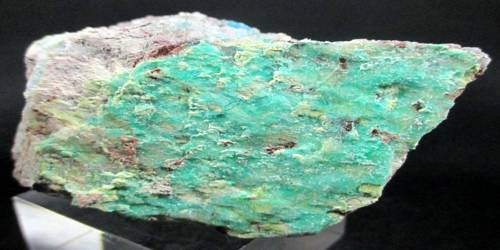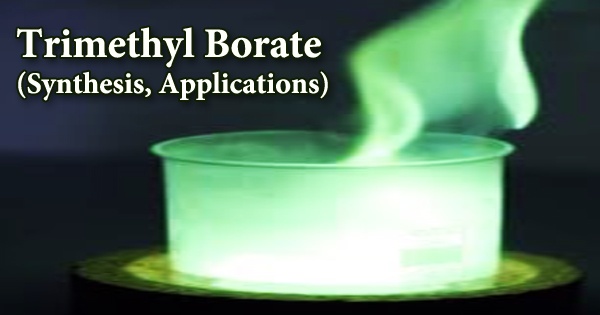Borax, also known as sodium borate, sodium tetraborate, or disodium tetraborate, is an important boron compound, a mineral, and a salt of boric acid. It is a mineral that was first discovered in the dry lake beds of Tibet. It was imported via the Silk Road to Arabia. The mineral was named after the Arabic word “bauraq”, which means white. Borax was first discovered in dry lake beds in Tibet and was imported via the Silk Road to the Arabian Peninsula in the 8th Century AD.
Powdered borax is white, consisting of soft colorless crystals that dissolve easily in water. A number of closely related minerals or chemical compounds that differ in their crystal water content are referred to as borax, but the word is usually used to refer to the decahydrate. Commercially sold borax is partially dehydrated.
General Information
- Formula: Na2(B4O5)(OH)48H2O
- Color: Colorless, grey, white, yellowish, seldom bluish or greenish; colorless in transmitted light.
- Lustre: Vitreous, Resinous, Earthy
- Hardness: 2 – 2½
- Specific Gravity: 1.715
- Crystal System: Monoclinic
Properties
Borax is either colorless or occurs in gray, gray-white, green, or blue color. It exhibits a translucent to opaque appearance, non-fluorescent characteristics, perfect cleavage, white streak, and greasy luster. It also possesses brittle fractures producing small, conchoidal fragments.
The average density is 1.71 g/cm3, and its hardness ranges from 2 to 2.5.
- Cleavage: {100} Perfect, {110} Perfect
- Color: Blue, Colorless, Green, Gray, Gray white.
- Density: 1.7 – 1.72, Average = 1.71
- Diaphaneity: Translucent to opaque
- Fracture: Brittle – Conchoidal – Very brittle fracture producing small, conchoidal fragments.
- Hardness: 2-2.5 – Gypsum-Finger Nail
- Luminescence: Non-fluorescent.
- Luster: Greasy (Oily)
- Streak: white
Occurrence
Borax occurs in evaporite deposits, salt lakes, playas, and is commonly well-crystallized. It also occurs as an efflorescence on soils in arid regions. It is closely associated with gypsum, halite, hanksite, gaylussite, nitratine, calcite, glauberite, aphthitalite, trona, kurnakovite, kernite, colemanite, ulexite, and inyoite.
Borax occurs naturally in evaporite deposits produced by the repeated evaporation of seasonal lakes. The most commercially important deposits are found in Turkey; Boron, California; and Searles Lake, California. Also, borax has been found at many other locations in the Southwestern United States, the Atacama desert in Chile, newly discovered deposits in Bolivia, and in Tibet and Romania. Borax can also be produced synthetically from other boron compounds.
Uses
Borax is a component of many detergents, cosmetics, and enamel glazes. It is used to make buffer solutions in biochemistry, as a fire retardant, as an anti-fungal compound, in the manufacture of fiberglass, as a flux in metallurgy, neutron-capture shields for radioactive sources, a texturing agent in cooking, as a precursor for other boron compounds, and along with its inverse, boric acid, is used as an insecticide.
Information Source:
















